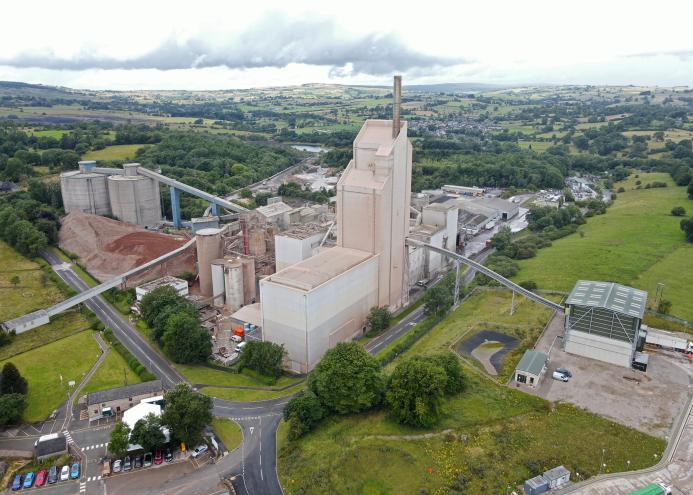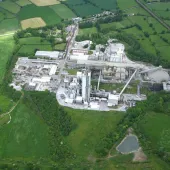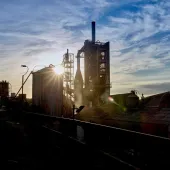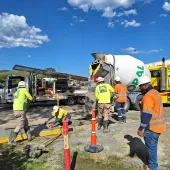How CCUS is transforming cement manufacturing
The UK government’s £22 billion investment in carbon capture usage and storage (CCUS) is a game-changer for the cement industry. As one of the hardest sectors to decarbonise, cement production is poised to leverage this technology to address its significant CO₂ emissions.
Luke Olly, decarbonisation manager at Aggregate Industries, explores how CCUS will shape the future of cement and the broader path to sustainability.
A turning point for sustainability
In October 2024, the UK took bold steps toward its net zero ambitions. The closure of the last coal-fired power station set the tone, followed by the announcement of a historic £22 billion CCUS funding package. At COP29, Prime Minister Keir Starmer strengthened this vision by committing to an 81% reduction in emissions from 1990 levels by 2035.
Cement, which contributes 8% of global CO₂ emissions, faces unique hurdles in achieving these targets. As Luke Olly explains: "While alternative fuels and recycled materials help reduce emissions, they cannot address the CO₂ released during the core chemical process of calcination. That’s where CCUS comes in."
Unlocking the potential of CCUS
Cement production relies on calcination, a chemical reaction that generates unavoidable CO₂ emissions when limestone is heated to produce lime. While innovations in fuels and materials have reduced emissions, CCUS offers a solution for tackling this inherent challenge.
By capturing CO₂ at its source and storing it securely, CCUS provides a viable path to decarbonising cement production. With an average of 8.5 million tonnes of cement produced annually in the UK, deploying this technology could significantly cut industrial emissions.
Tackling skepticism about CCUS
Despite its potential, CCUS has faced criticism. Some worry it could prolong dependence on fossil fuels or divert resources from renewables. Others view it as costly and unproven.
Luke Olly addresses these concerns: "Just as solar energy and electric vehicles overcame initial scepticism to become cost-effective and widely adopted, CCUS can follow a similar trajectory. Early investments and scaling will drive down costs and improve efficiency."
The UK’s geography also lends itself to CCUS. Offshore storage options and repurposed oil and gas reservoirs provide secure and sustainable infrastructure, bolstered by stringent safety regulations.
Peak Cluster: A global leader in cement decarbonisation
One of the most ambitious CCUS projects is the Peak Cluster initiative, where Aggregate Industries plays a key role. This project will capture CO₂ emissions from cement and lime production in Derbyshire, Staffordshire, and Cheshire, safely storing them beneath the Irish Sea.
Set to launch in 2031, the Peak Cluster aims to eliminate over three million tonnes of CO₂ emissions annually. This collaboration between government and industry highlights the potential of CCUS to transform hard-to-abate sectors.
Building a greener future
The £22 billion investment in CCUS marks a pivotal moment for industries like cement manufacturing. As a leader in sustainable construction, Aggregate Industries is committed to driving decarbonisation while balancing economic growth and environmental responsibility.
Luke Olly concludes: "By working together with government and industry peers, we can make CCUS an effective and scalable solution for reducing emissions, paving the way for a sustainable future."








